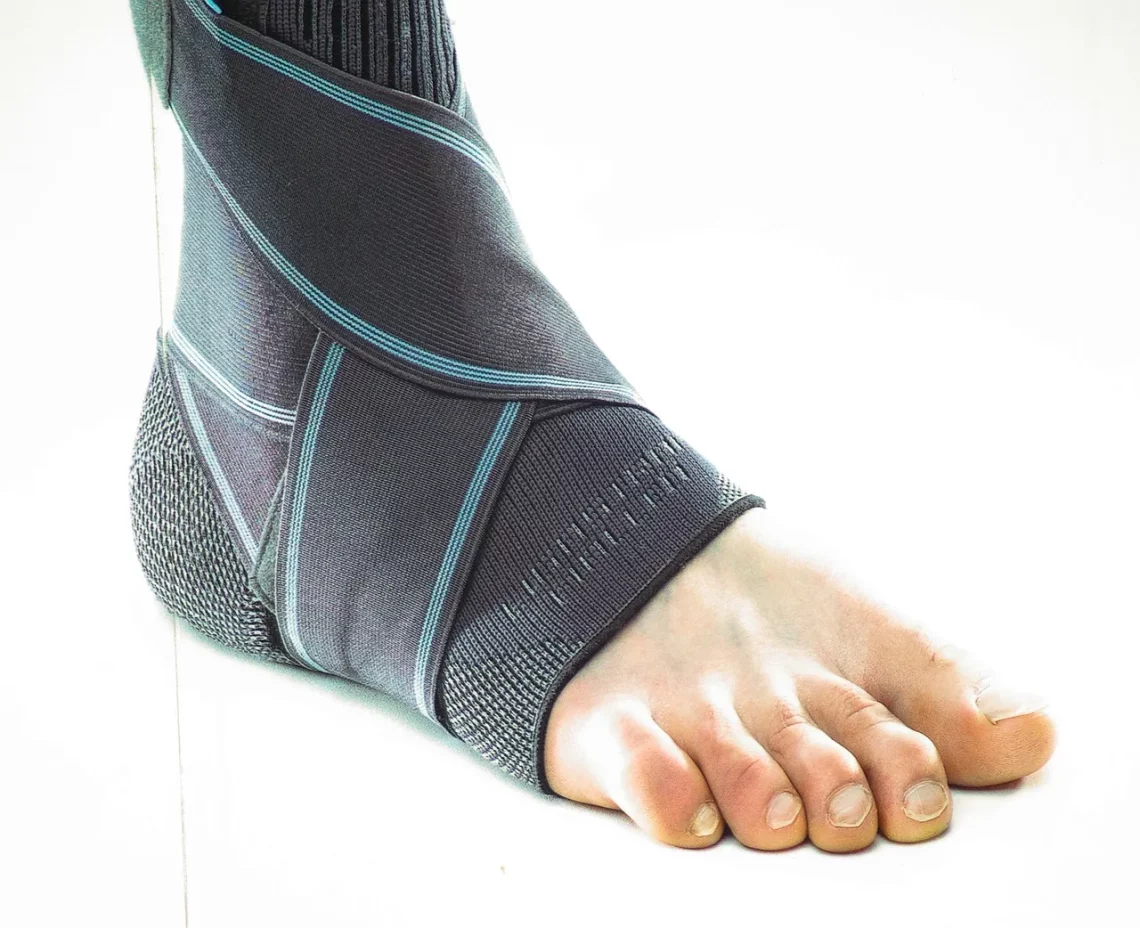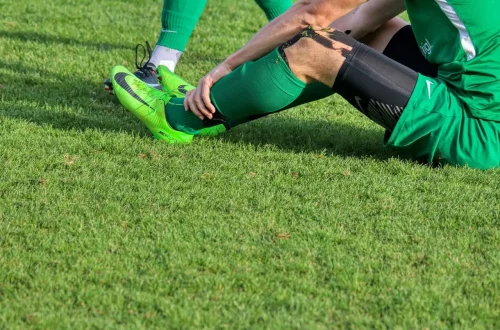
Understanding Gluteal Strain: Causes, Symptoms, and Recovery Tips
Gluteal strain is an injury that can significantly impact your daily activities and overall physical performance. Often overlooked, this type of strain can occur in individuals of all ages and fitness levels, whether due to sports, exercise, or even mundane tasks. The gluteal muscles, primarily responsible for hip movement and stability, play a crucial role in various physical activities, including walking, running, and squatting.
When these muscles are overexerted or improperly used, they can suffer from strains, leading to discomfort and limited mobility. Understanding the nature of gluteal strain is essential for anyone who engages in physical activity, as it can help in early identification and proper management of the condition. Being aware of the causes and symptoms can lead to effective recovery strategies that allow individuals to return to their regular activities quickly and safely.
In this article, we will delve deeper into the various aspects of gluteal strain, including its causes, symptoms, and effective recovery tips for a smooth rehabilitation process.
Common Causes of Gluteal Strain
Gluteal strain can arise from a variety of factors, often linked to physical activity or lifestyle choices. One of the primary causes is overexertion during workouts or sports activities. Activities that involve repetitive movements or sudden bursts of speed can put undue stress on the gluteal muscles, leading to strains. For example, athletes participating in track and field events or sports that require sprinting often experience such injuries due to the intense demands placed on their muscles.
Another common cause is improper form during exercises. Many individuals may not realize that poor technique while performing squats, lunges, or deadlifts can lead to muscle strain. Engaging in these exercises without proper alignment can put excessive strain on the gluteal muscles, making them more susceptible to injury. Therefore, it’s crucial to prioritize form over the amount of weight lifted or the intensity of the exercise.
Sedentary lifestyles can also contribute to gluteal strain. Prolonged sitting can lead to muscle tightness and weakness, which can make the glutes more prone to injury when suddenly engaged in physical activity. This is especially pertinent in today’s world, where many people spend hours at desks or in front of screens without adequate movement.
Additionally, muscle imbalances can play a significant role in the development of gluteal strains. Weakness in the core or hip flexors can lead to compensatory patterns that put extra stress on the gluteal muscles. Similarly, tightness in the hip flexors or lower back can inhibit proper glute function, leading to strain during physical activity.
In summary, recognizing the common causes of gluteal strain is the first step towards prevention. By understanding how overexertion, improper form, sedentary behavior, and muscle imbalances contribute to this injury, individuals can take proactive measures to minimize their risk and maintain their physical health.
Identifying the Symptoms of a Gluteal Strain
Recognizing the symptoms of a gluteal strain is crucial for timely intervention and recovery. The signs of this injury can vary in intensity, ranging from mild discomfort to severe pain. One of the most noticeable symptoms is localized pain in the buttocks, which may radiate down the back of the thigh. This pain can be sharp or dull, depending on the severity of the strain.
In addition to pain, individuals may experience swelling or tenderness in the affected area. This can make it uncomfortable to sit, stand, or engage in physical activity. Another common symptom is stiffness, particularly after periods of inactivity. Many people report that their glutes feel tight or sore, especially when they attempt to move or stretch.
In some cases, bruising may also occur, particularly if the strain is severe. This is usually a result of small blood vessels breaking in response to the injury. If you notice any discoloration along with the other symptoms, it is essential to pay attention to the severity of the strain.
Functional limitations are another critical symptom of gluteal strain. Individuals may find it challenging to perform everyday activities, such as walking or climbing stairs. The gluteal muscles play a significant role in hip extension and stabilization, so any injury can impact movement patterns.
If you suspect you have a gluteal strain, it is advisable to monitor your symptoms closely. While mild strains can often be managed at home, persistent or worsening symptoms may indicate a more severe injury that requires professional evaluation. Early identification of symptoms can lead to effective treatment and a quicker return to normal activities.
Recovery Strategies for Gluteal Strain
Recovering from a gluteal strain involves a combination of rest, rehabilitation exercises, and lifestyle modifications. The first and most critical step in the recovery process is to allow the affected area to rest. Engaging in activities that exacerbate the pain can prolong the healing process, so it’s essential to avoid strenuous exercises until the pain subsides.
Once the initial pain and swelling have decreased, gentle stretching and strengthening exercises can be introduced. It is crucial to start slowly and progressively increase the intensity of these exercises as your symptoms improve. Stretching the gluteal muscles and surrounding areas can help alleviate tightness and improve flexibility, which can aid in recovery.
Physical therapy can be beneficial for those recovering from a gluteal strain. A trained professional can develop a tailored rehabilitation program that focuses on restoring strength and flexibility in the affected muscles. They can also provide guidance on proper exercise techniques to prevent future injuries.
Incorporating low-impact activities, such as swimming or cycling, can also be advantageous during recovery. These activities allow for movement without placing excessive strain on the gluteal muscles, helping to maintain fitness levels while promoting healing.
Additionally, applying ice to the affected area can help reduce swelling and alleviate pain in the early stages of recovery. As you progress, heat therapy may also be beneficial for relaxing tight muscles.
Lastly, maintaining good posture and ergonomics during daily activities can help prevent further strain. Being mindful of how you sit, stand, and move can significantly contribute to your overall recovery and health.
In conclusion, while a gluteal strain can be a setback, understanding how to recover effectively can facilitate a smoother rehabilitation process. By prioritizing rest, engaging in appropriate exercises, and seeking professional guidance when necessary, individuals can successfully navigate their recovery journey.
—
**Disclaimer:** This article is intended for informational purposes only and should not be considered medical advice. Always consult with a healthcare professional for any health-related concerns or conditions.




